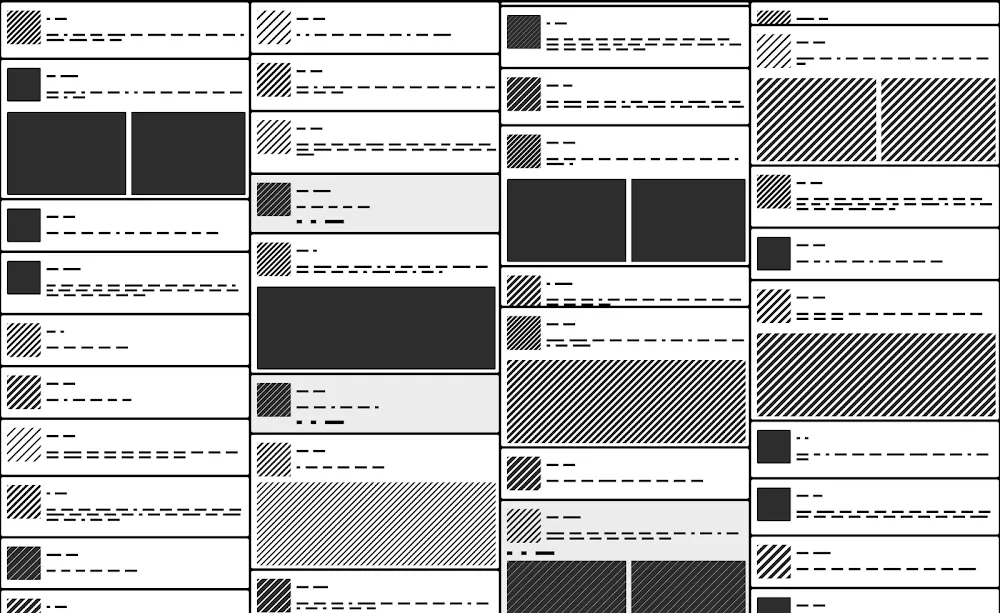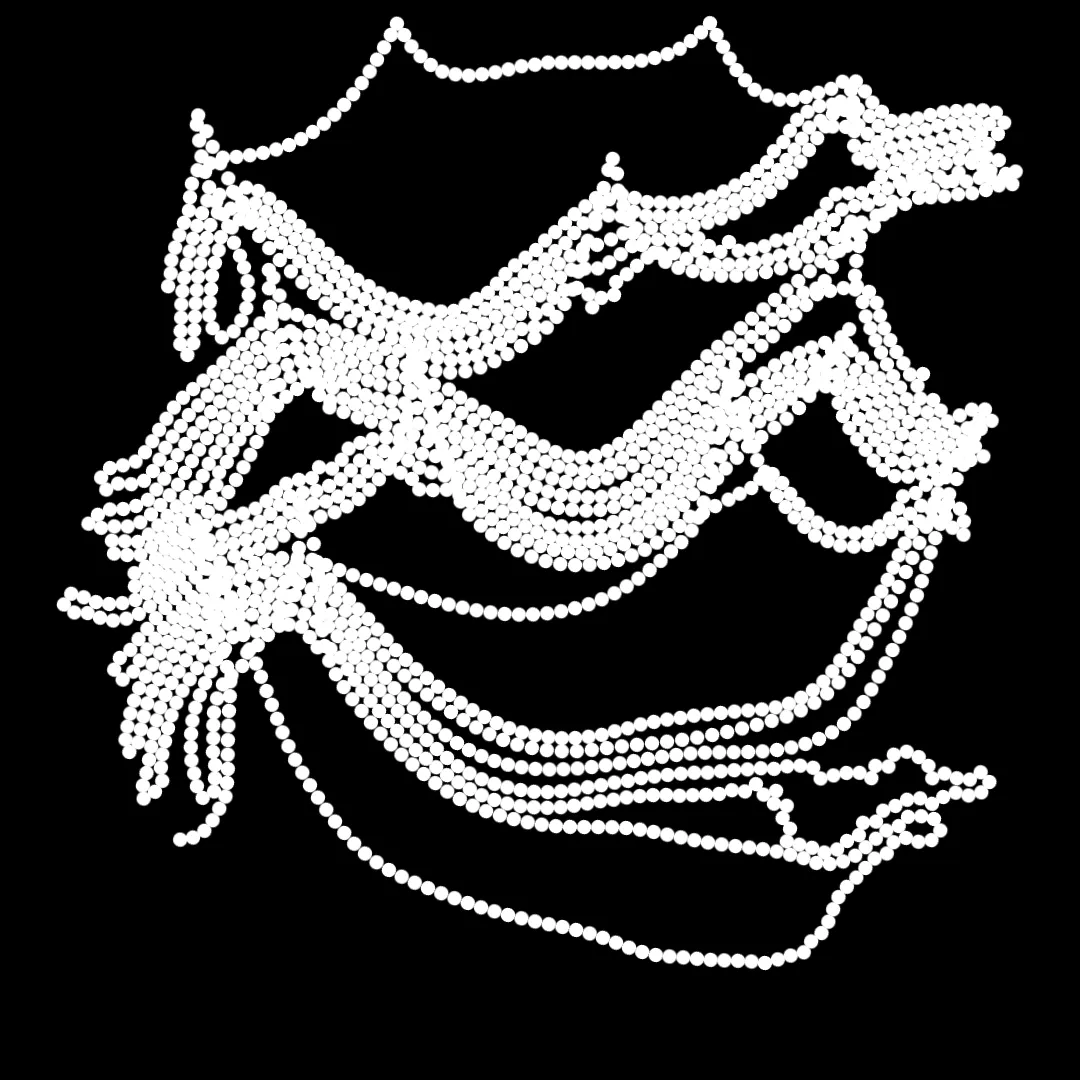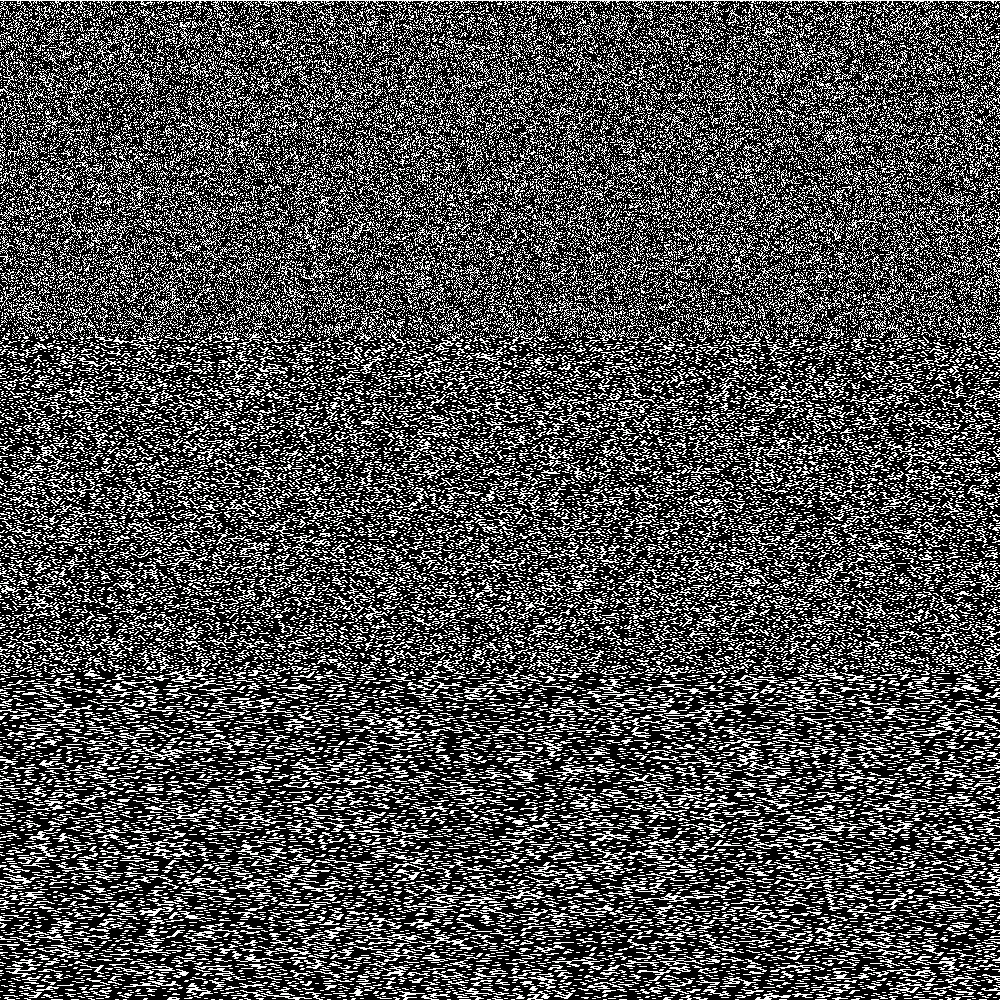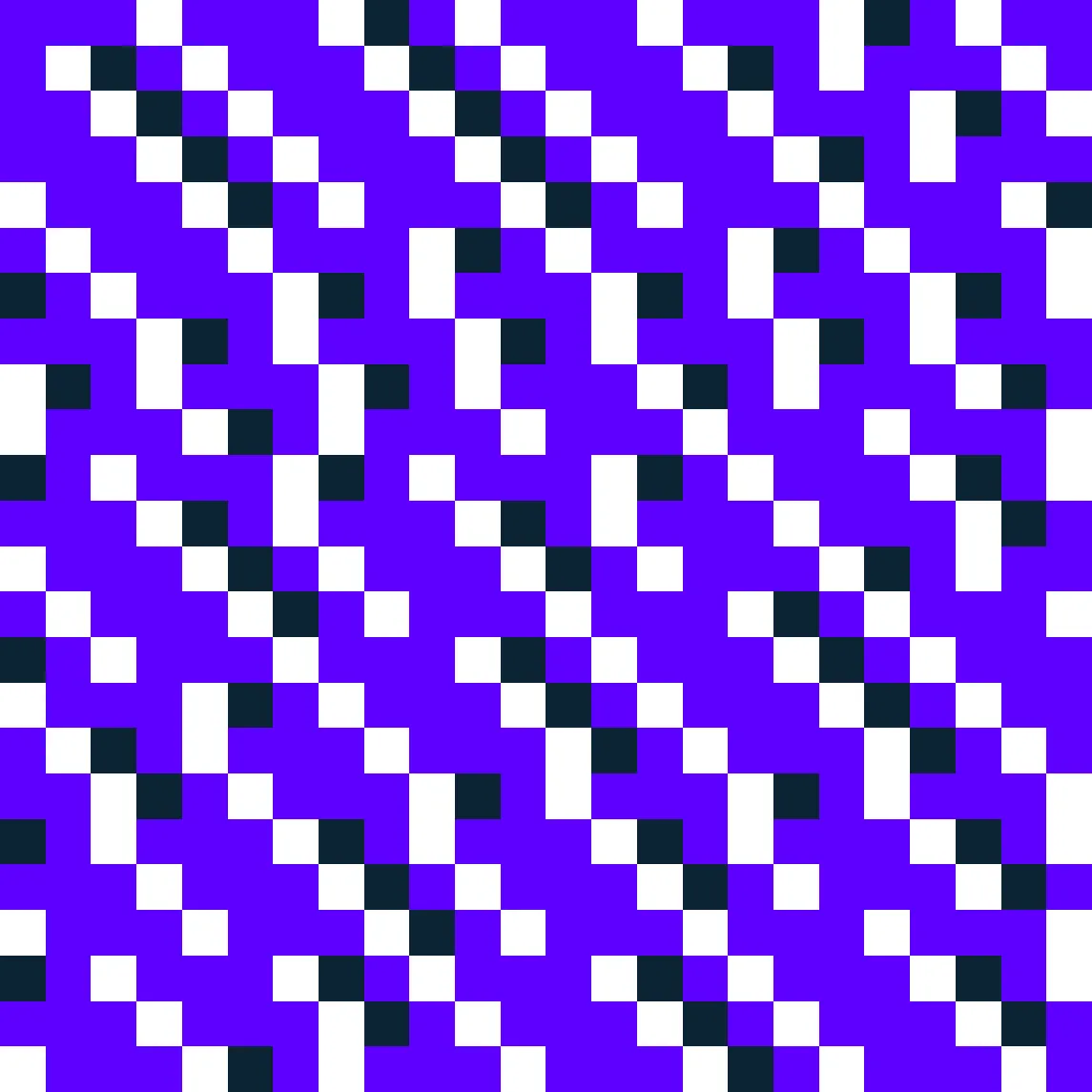Subscribe to get the latest on artists, exhibitions and more.
Dissecting Complexity: In conversation with Leander Herzog

In the heart of Manchester, the School of Digital Arts (SODA) played host to an intriguing display that garnered attention from both art department students, faculty and casual passersby. Alongside three others, Leander Herzog, a Swiss-based digital artist, introduced his latest endeavour, the Agglo series, which adorned the building's facade throughout September. This digital composition sought to strike a delicate equilibrium between simplicity and intricacy, inviting viewers to engage in an intellectually compelling exploration.
In a recent interview with Herzog, we embarked on a detailed analysis of his Agglo series, tracing its origins, evolution, and the technical challenges associated with its presentation on the School of Digital Arts' distinctive LED display.
Agglo stands as a testament to Herzog's enduring exploration of the realm of generative art. Its inception, dating back to last year, marked the onset of a transformative journey that unfolded through three distinct iterations, each on a different digital platform. Herzog provided insights into its genesis, stating, "The initial version, unveiled on fxhash, was a stark monochrome representation in Unicode." This inaugural release laid the foundational groundwork for a canny investigation into the flow of text within a document, drawing inspiration from Herzog's background as a web developer.
Herzog's creative process revolved around the generation of extended sequences of colors or symbols, meticulously draped across the digital canvas. The outcome materialized as the debut iteration of Agglo, distinguished by its minimalistic black-and-white aesthetics. Far from satisfied with stagnation, he ventured into the realm of colour; "The second version introduced a vibrant spectrum of colours, initially presented as gifs. Subsequently, I commenced crafting animated versions by altering the structures within each frame." This introduction of a rich palette of colours gave rise to entirely unforeseen and occasionally whimsical animations, signifying a departure from Herzog's previous artistic endeavours, which had leaned toward organic or geometric themes.
As Agglo continued its evolution, Herzog's artistic journey took an intriguing turn. The ensuing iteration, conceived for the School of Digital Arts in Manchester, was carefully designed to be responsive, animated, and adaptable to an array of screens and devices. Herzog emphasized that this rendition transcended the realm of mere GIFs or brief loops, delving deeply into the potential of generative art. He explained, "It embodies a calculated, technical approach aimed at the creation of compositions within a straightforward system grounded in elementary code, yielding intricate results. Its genesis does not stem from real-world inspirations or specific imagery but represents a technical pursuit." The decision to revisit the Agglo series for the School of Digital Arts in Manchester was underpinned by pondered consideration. Herzog explained, "The School of Digital Arts in Manchester features a distinctive, albeit low-resolution display, ill-suited for fine lines or intricate details. I contemplated the suitability of my works for this space and Agglo emerged as an ideal fit, capable of harmonizing with the unique display characteristics."
Furthermore, the thematic alignment of the show, titled Hyperconnection, mirrored Agglo's capacity to create synchronized visual experiences. Herzog envisioned Agglo as a series that could "interact and synchronize" with the other works in the show, fostering a sense of interconnectedness and community among the displayed pieces. Herzog divulged the technical intricacies of Agglo's synchronisation, stating, "[the works] constitute a generative long-form series, each characterized by distinct compositions, colours, and behaviours." To achieve synchronisation, he employed universal global time, enabling disparate animations to coexist harmoniously and communicate. The collector's identity was also considered as a means to synchronize Agglo pieces into a collective whole. Upon collection of multiple pieces by a single collector, the works seamlessly harmonise with each other. It's as if these digital creations engage in an understated conversation, evoking the sense of a coordinated, hyperconnected ballet.

Reflecting on his artistic journey, Herzog shared insights into his transition from the tech and design world to the realm of generative art. He explained, "The traditional tech industry currently grapples with a less-than-sterling reputation and numerous challenges. Personally, I felt a degree of disillusionment with my career in design and tech, prompting my transition to generative art." Herzog's background influenced his unique approach to generative art, he underscored the importance of simplicity in code and design, enabling swift, elegant, and enjoyable creations. "I aim to maintain a nimble, accessible, and gratifying creative process," he emphasized, recognizing that intricate code could alienate both artists and viewers.

As the conversation shifted towards the future of generative art, Herzog expressed optimism regarding its integration with the traditional art world. While acknowledging the measured pace of institutional recognition, he believed that collaboration with traditional institutions would foster mutual understanding and introduce generative art to a broader audience.
Agglo represents a profound exploration of the limitless potential within generative art. With its adaptability and capacity for synchronization, Agglo offers a distinctive and captivating experience, perfectly aligned with the ever-evolving landscape of digital art. Herzog's journey from the tech industry to the realm of generative art exemplifies the creative and transformative capabilities of this medium, promising an intellectually rich future for this innovative artistic genre. Notably, Herzog's collaboration with HEK (House of Electronic Arts Basel) underscores the growing convergence between the digital and traditional art realms, marking a noteworthy shift in the trajectory of generative art's recognition and acceptance.
Written by Mimi Nguyen, curator of Hyperconnection.
Leander Herzog
Leander Herzog is a visual artist based in Switzerland, creating images with code since 2006. His focus is generative and interactive abstraction on the web. Currently he combines his experience from building websites and digital products with generative art and the new potential NFTs present. Herzog’s practice explores visual maximalism enabled by contemporary computer graphics and the widespread...



